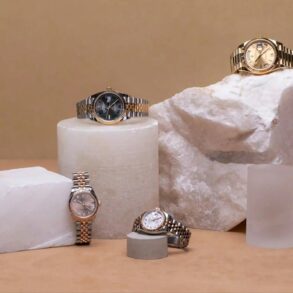
Thinking of splurging on a designer handbag or a helicopter joyride? The taxman wants a piece too.
In a move aimed at tightening the net around big-ticket spending, the Central Board of Direct Taxes (CBDT) has implemented a new rule mandating 1% Tax Collected at Source (TCS) on luxury goods priced above ₹10 lakh, effective April 22, 2025.
What Will Attract the New 1% TCS?
The following luxury items are covered under the new rule if priced above ₹10 lakh:
-
Luxury wristwatches
-
Paintings, sculptures, antiques
-
Collectables like coins and stamps
-
Premium vehicles: yachts, helicopters, rowing boats, canoes
-
High-end sunglasses
-
Luxury handbags and purses
-
Designer footwear
-
Golf kits and ski wear
-
Home theatre systems
-
Horses used in racing or polo
For example, if you’re purchasing a designer watch worth ₹15 lakh, you’ll now pay an additional ₹15,000 as TCS. The seller collects this and deposits it with the Income Tax Department against your PAN.
What is TCS?
Tax Collected at Source (TCS) is a mechanism where the seller collects tax from the buyer during a high-value transaction. This ensures the government gets early visibility on luxury consumption and helps widen the tax base.
How Do Buyers Claim It?
TCS paid will be reflected in your Form 26AS, which is your tax passbook. It can be claimed as credit during Income Tax Return (ITR) filing.
Part of a Larger Reform
The provision for this TCS was introduced in the Finance Act, 2024, during the Union Budget. It aligns with broader reforms aimed at simplifying TDS and TCS rules, which took effect on April 1, 2025. These reforms are designed to reduce compliance burdens for ordinary taxpayers and traders by making high-value financial transactions, such as foreign remittances, business deals, and now luxury spending, more transparent and efficient.
This post was originally published on this site be sure to check out more of their content.




